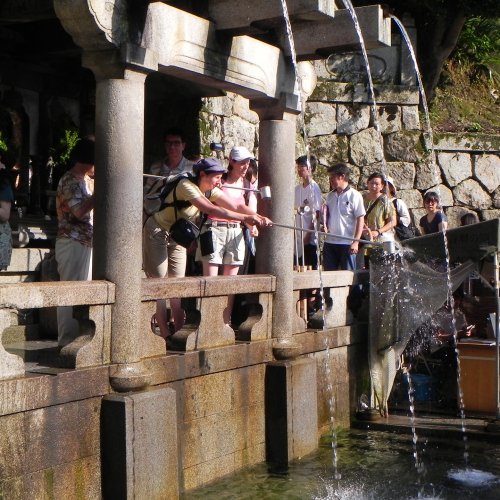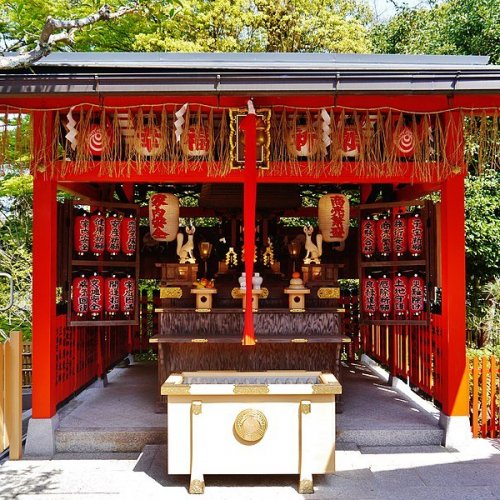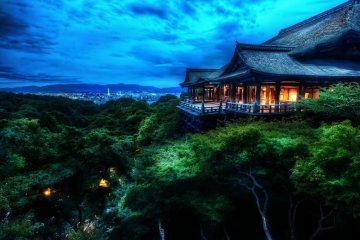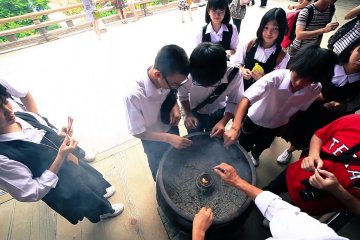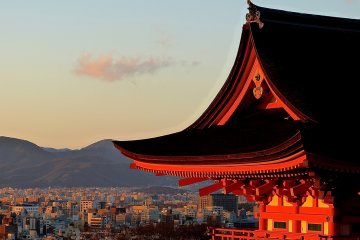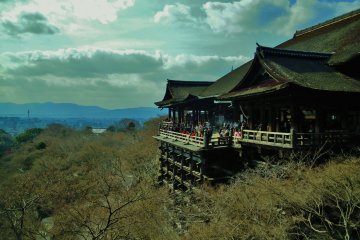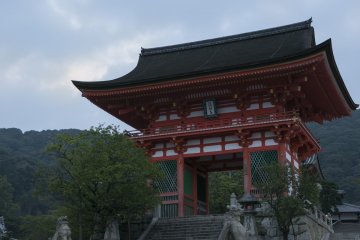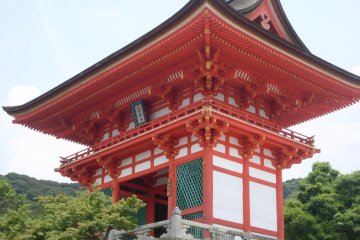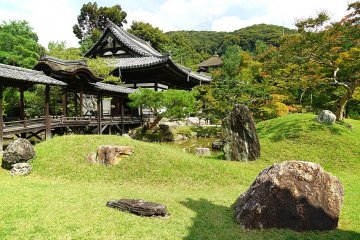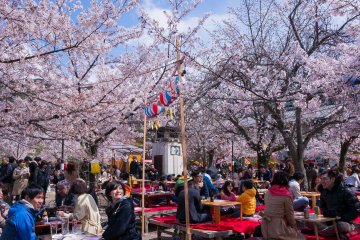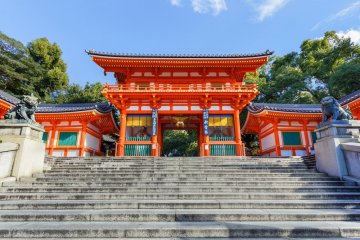Kiyomizu-dera Temple was founded in 778. Its history dates back over 1200 years. As a sacred place where the great compassion of the deity Kannon prevails, the temple has long been open to citizens of all classes.
Thirty Buddhist buildings stand on the site, which extends over 130,000 square meters along the central slope of Otowa Mountain in the eastern part of Kyoto, including the Main Hall of the National Treasure and many other important cultural assets. Most buildings have been destroyed by fire more than ten times since their inception. Thanks to the help of the temple believers, they have been rebuilt over and over again. Most of the current buildings were rebuilt in 1633.
In 1944, the Kiyomizu-dera Temple was added to the UNESCO World Heritage List as one of the historical monuments of ancient Kyoto.







/135.78505603743,34.994858216351,9/397x132?access_token=pk.eyJ1IjoiamFwYW50cmF2ZWxtYXBzIiwiYSI6ImNqbXBtOXYxbDB5Z3ozbHFrazJuYWMwOGYifQ.v15fy_mcFWtgopmz8PhwqA)
